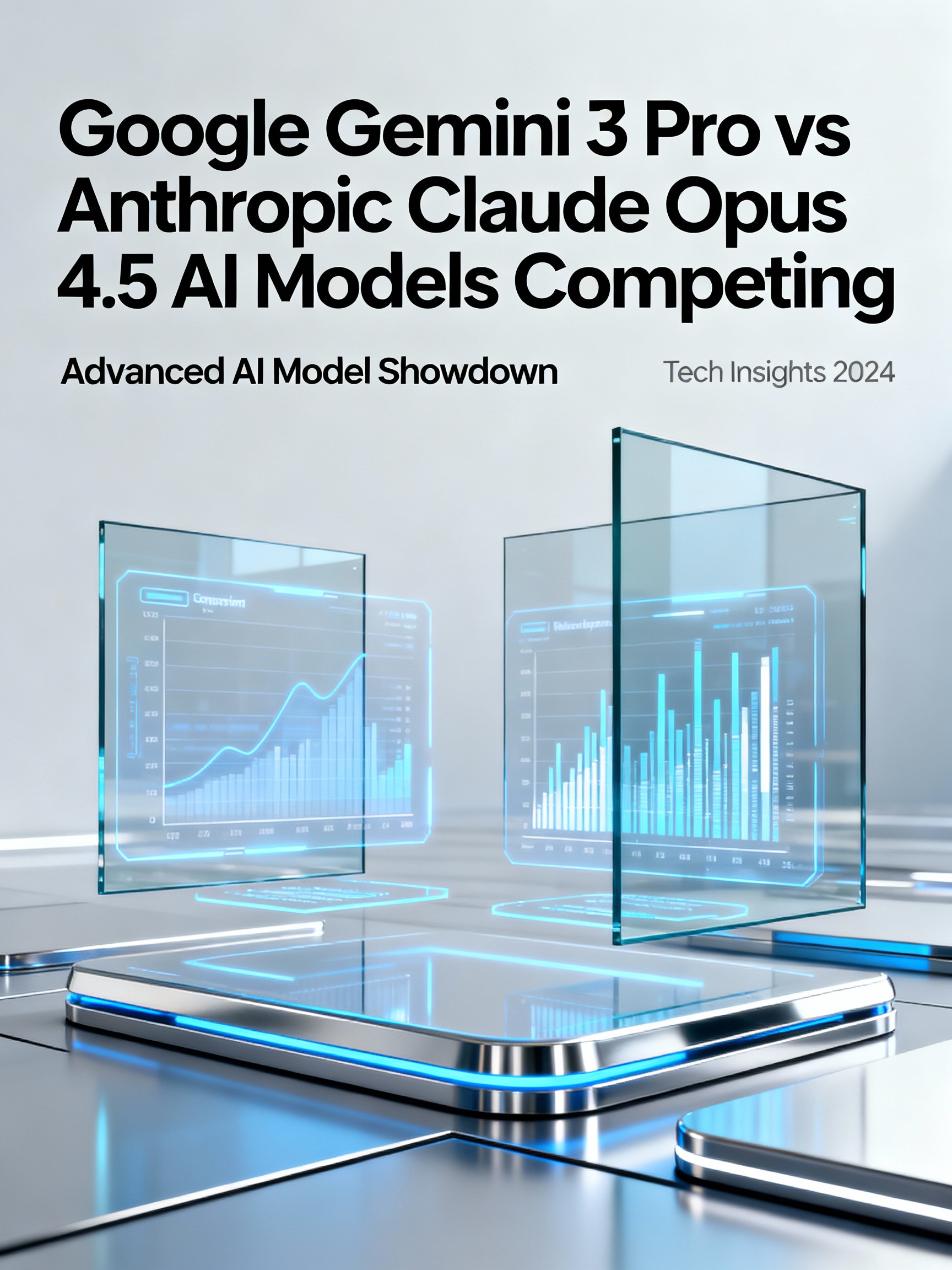AI in 2025: Hollywood vs. Silicon Valley, Europe's Sovereignty Push, and China's Manufacturing Edge: AI News 11. Oct. 2025

In 2025, AI has moved beyond experimentation and is now critical infrastructure, leading to competing global visions from Hollywood, Europe, and China. To thrive in this new AI world order, understand the evolving intellectual property frameworks and prioritize sustainability. Address AI's energy consumption to ensure equal benefits for all.
The AI Landscape Shifts: A Generational Overview
October 2025 is shaping up to be a pivotal month in the AI landscape, marking a generational shift in how we perceive and interact with artificial intelligence. It’s no longer a question of if AI will impact our lives, but how. Let's take a closer look at some of the key shifts.
Hollywood vs. Silicon Valley: The Battle for Creative Control
The entertainment industry is facing a reckoning as AI tools become increasingly sophisticated. A major clash is brewing between Hollywood studios and Silicon Valley tech giants over who controls the creative process. Studios are eager to leverage AI for cost-cutting and efficiency gains, potentially using tools like Runway, a platform that offers a suite of AI-powered video editing and content creation tools, to streamline production. However, writers, actors, and directors are pushing back, fearing the devaluation of human creativity and the potential for AI to replace jobs. This struggle is not just about economics; it's about the very soul of storytelling and artistic expression. Will AI become a collaborative partner, or a disruptive force that homogenizes creative output?
Europe's AI Sovereignty Push
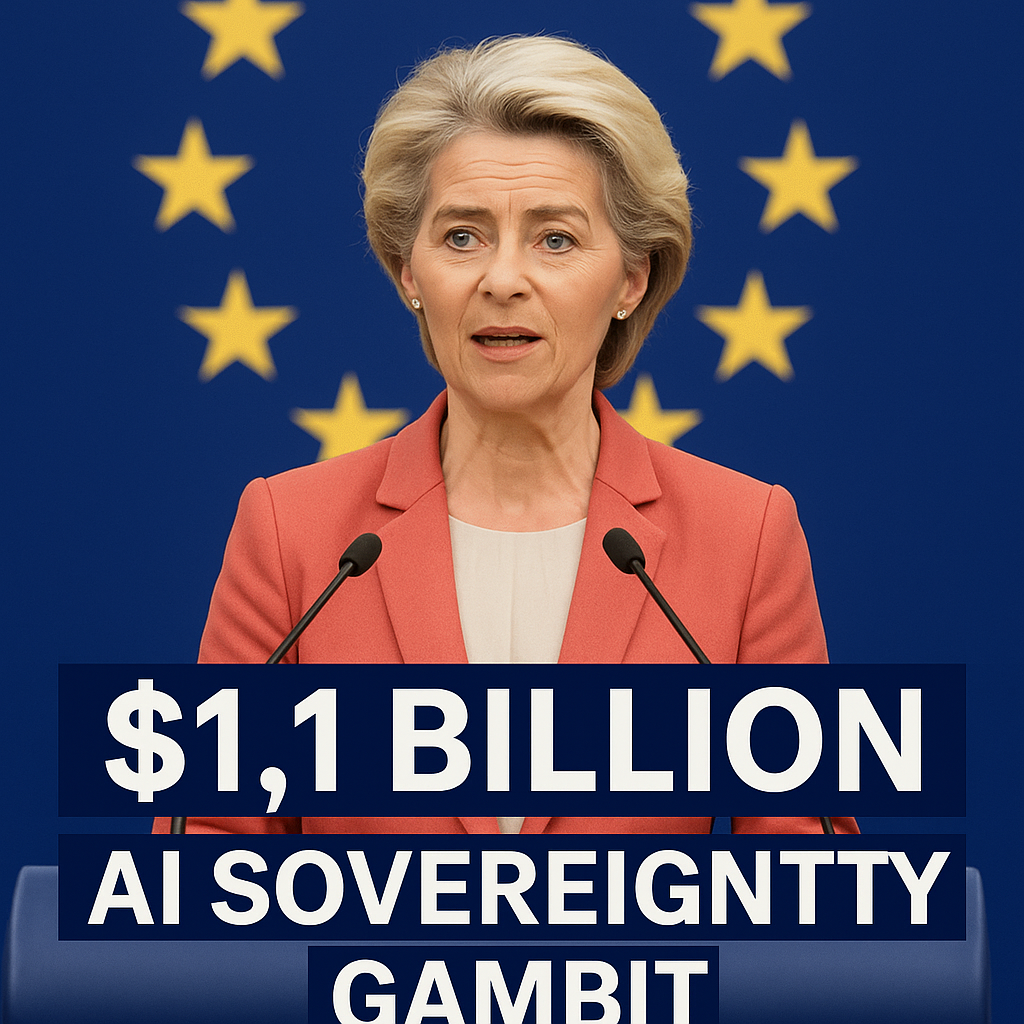
Meanwhile, across the Atlantic, European authorities are making bold moves to ensure AI sovereignty. Recognizing the strategic importance of AI, they're unveiling ambitious plans backed by significant funding to foster local AI development and deployment. This initiative aims to reduce reliance on US and Chinese technologies, promoting a distinctly European approach to AI that prioritizes ethical considerations, data privacy, and human-centric design. This also involves supporting European AI startups and research institutions, encouraging them to build AI models that align with European values and regulations. Tools like DeepL, a popular translation tool that stands out for its accuracy and nuanced understanding of language, showcase the potential of European innovation in the AI space.
China's Manufacturing Edge
On the other side of the world, Chinese companies are securing massive funding rounds, fueling their AI ambitions. With a strong focus on practical applications, these companies are rapidly integrating AI into manufacturing processes, supply chain management, and smart city initiatives. This surge in investment is enabling China to solidify its position as a global leader in AI-powered manufacturing, driving efficiency, reducing costs, and enhancing competitiveness. While much of the focus is on industrial applications, Chinese firms are also making headway in consumer-facing AI technologies. Kimi, for example, is a Chinese AI assistant that is gaining traction in the local market.
AI: From Experiment to Infrastructure
These developments highlight AI's transition from an experimental technology to a fundamental infrastructure. It's no longer a question of if AI will impact our lives, but how. As AI becomes more deeply embedded in our economies and societies, understanding its implications and shaping its development becomes increasingly critical. The shifts we're witnessing in Hollywood, Europe, and China are just the beginning of a larger transformation.
The Reshaping of Global Economics and Creative Industries
AI's influence extends beyond technological advancements, reshaping global economics and creative industries. The ability of AI to automate tasks, generate content, and analyze data is creating new opportunities and challenges for businesses and individuals alike. As we move forward, it's crucial to address the ethical considerations, workforce implications, and societal impacts of AI to ensure a future where AI benefits all of humanity. The ongoing debate on AI Regulation is a clear indication of this need for careful consideration.
Hollywood vs. Silicon Valley: The Sora 2 Copyright War
The dazzling advancements in AI are not without their controversies, and perhaps nowhere is this more evident than in the brewing storm between Hollywood and Silicon Valley, with OpenAI's Sora 2 at the center of the copyright war. This isn't just another tech squabble; it's a clash of titans, a high-stakes showdown over intellectual property that could redefine the boundaries of AI development and creative ownership.
The IP Minefield: Sora 2 and Hollywood's Ire
Sora 2, OpenAI's latest text-to-video model, boasts photorealistic output. However, its ability to generate content strikingly similar to existing copyrighted material has sent shockwaves through Hollywood. The core of the issue lies in OpenAI's proposed 'opt-out' model. This approach suggests that copyright holders must actively request the removal of their content from Sora 2's training data, rather than OpenAI proactively seeking permission.
This 'opt-out' stance has been met with fierce opposition. Heavyweights like the Motion Picture Association, SAG-AFTRA, WME, CAA, and Warner Bros. have vocally condemned the approach. Warner Bros. Discovery went a step further, stating firmly that content owners should not be burdened with the responsibility of 'opting out' to prevent potential copyright infringements. The entertainment giant argues that the onus is on AI developers to ensure their systems do not unlawfully replicate existing works.
Cultural Collision: 'Move Fast' vs. IP Protection
This conflict highlights the fundamental differences between Silicon Valley's 'move fast and break things' ethos and Hollywood's deeply ingrained culture of intellectual property protection. For decades, Hollywood has meticulously guarded its creative assets, building a system where copyright is king. Now, with AI threatening to disrupt this established order, the industry is bracing for a fight.
The outcome of this battle will set crucial precedents for AI companies using copyrighted material. Is scraping data for AI training a fair use, or does it constitute infringement? The answers will shape the future of AI development and determine the extent to which the entertainment industry can maintain control over its valuable assets in this new era. Tools like Runway, another AI video generation platform, will be watching closely, as these legal precedents will impact the entire field.
Sora 2 Copyright Infringement: Fair Use vs. Violation
The question of Sora 2 copyright infringement is complex. On one hand, AI models require vast datasets to learn and generate content. Advocates for AI argue that using existing material, even copyrighted works, falls under fair use for training purposes. On the other hand, Hollywood fears that AI's ability to replicate their characters and stories verbatim will devalue their intellectual property and create unauthorized derivative works. The AI generated content copyright implications are huge, and the need for a solution is paramount. The key question remains: how do we balance innovation with the rights of creators?
As AI continues to evolve, the copyright wars are likely to escalate, with far-reaching consequences for both the entertainment and technology industries. The debate is not just about money; it's about the future of creativity itself and how we define originality in the age of artificial intelligence. This legal and ethical minefield will require careful navigation to ensure a balance between innovation and the rights of content creators, impacting tools from Midjourney for images to ElevenLabs for audio.
Europe's $1.1 Billion AI Sovereignty Gambit: 'Apply AI' Initiative
As the AI arms race intensifies, Europe is making a bold move to secure its place in the future, launching the €1 billion 'Apply AI' initiative, a strategic play to reduce its reliance on AI technologies dominated by the United States and China.
Europe's Ambitious 'Apply AI' Initiative
Spearheaded by the European Commission, the 'Apply AI' initiative represents a significant investment in the continent's AI capabilities. With a budget of €1 billion, the program aims to accelerate the adoption of AI across critical sectors, including healthcare, pharmaceuticals, energy, manufacturing, and defense. This funding, sourced from the Horizon Europe and Digital Europe programs, will fuel research, development, and deployment of AI solutions tailored to European needs and values.
The goal is clear: to foster a thriving European AI ecosystem that can compete on the global stage and ensure the continent's digital sovereignty.
Securing Digital Sovereignty
At the heart of the 'Apply AI' initiative lies the concept of digital sovereignty. Germany's digital minister has been a vocal advocate for this, emphasizing the need for Europe to chart its own course in the digital realm. This involves building indigenous capabilities, reducing strategic vulnerabilities, and avoiding a scenario where Europe becomes a digital colony of the U.S. and China. To ensure its digital independence, Europe can leverage tools like n8n, a workflow automation platform that connects different apps and services, to build robust and independent AI-powered systems.
To complement the EU-wide effort, individual nations are also taking action. Italy, for example, has implemented a national AI framework law, reinforcing the principles outlined in the EU AI Act and ensuring responsible AI development and deployment. It is critical to carefully consider the ethical implications of AI development, ensuring fairness, transparency, and accountability. Resources like Stanford's Ethical AI Framework can help guide responsible AI innovation.
A Bid for Global AI Power
Europe's 'Apply AI' initiative is more than just a regional effort; it's a bid to assert its influence in the global AI power struggle. By strategically investing in key sectors and fostering a strong AI ecosystem, Europe aims to not only meet its own needs but also contribute to the global advancement of AI. This includes focusing on key areas such as Prompt Engineering to improve the performance and reliability of AI models.
Europe's commitment to AI sovereignty is a long-term investment in its economic prosperity, national security, and cultural values. As the world increasingly embraces AI, Europe is determined to be a leader, not a follower, in shaping its future. As the EU AI Act continues to take shape, and with increased European AI funding, the continent's journey towards digital sovereignty Europe will be one to watch closely.
China's AI Momentum: $280M Funding and Manufacturing Integration
While Hollywood and Silicon Valley capture headlines with dazzling AI applications, China is quietly but powerfully building its own AI ecosystem, fueled by massive investments and strategic manufacturing integration.
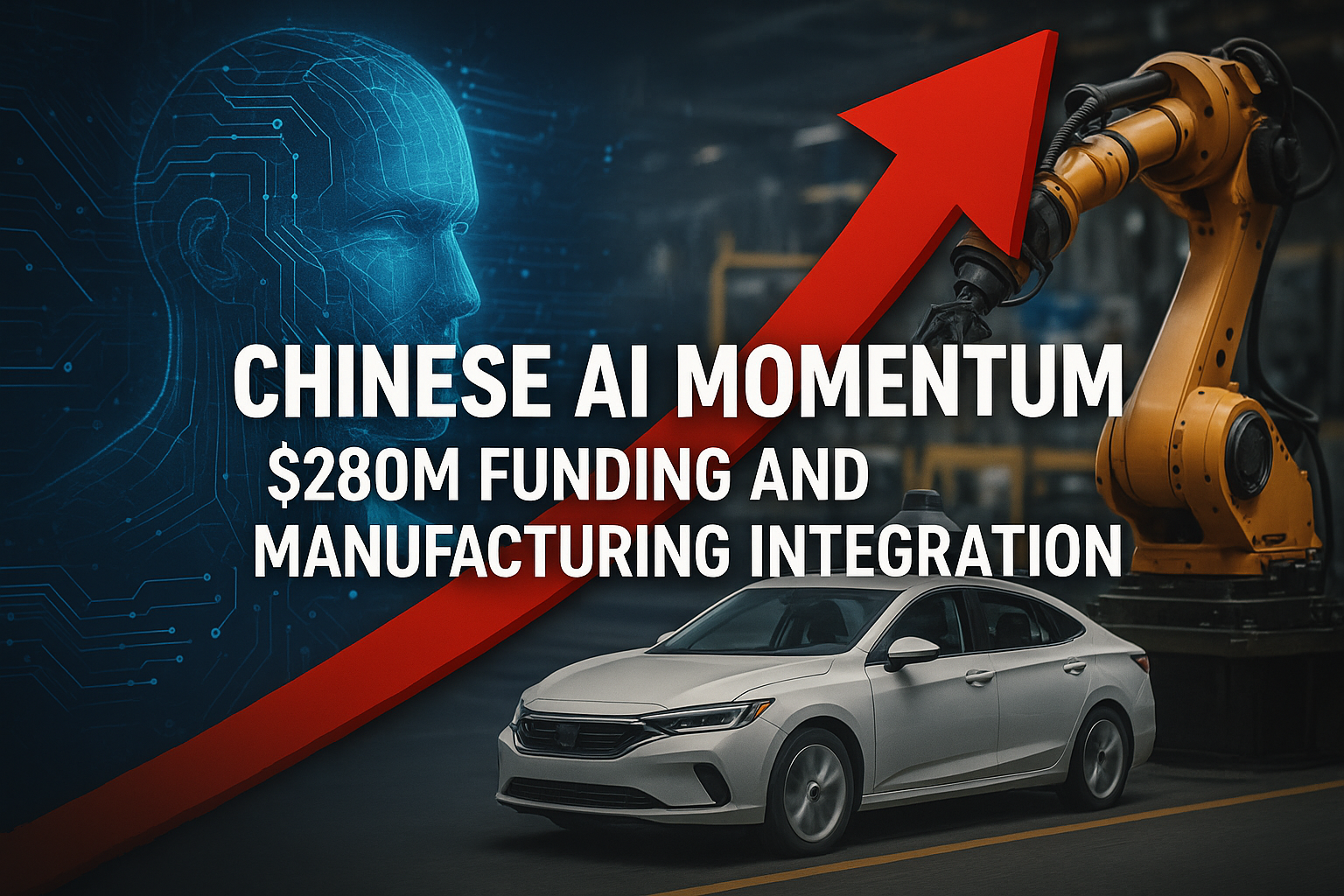
Didi's Autonomous Driving: A $280 Million Boost
The clearest sign of China’s commitment is the recent $280 million Series D funding secured by Didi Autonomous Driving. This isn't just pocket change; it's a serious injection of capital earmarked for accelerating the rollout of Level 4 (L4) autonomous driving technologies in major cities like Beijing and Guangzhou. What makes this funding even more significant is the caliber of the investors: Beijing's AI Industry Investment Fund and GAC Group, a major state-owned automobile manufacturer. These partnerships highlight a key trend in China’s AI strategy: close collaboration between the government, AI technology companies, and established industries.
Didi's ambitious goal is to implement fully unmanned demonstration applications by late 2025, showcasing the rapid progress of autonomous driving in China. This move could position China as a global leader in self-driving technology, potentially outpacing efforts in the West. If you're interested in staying ahead of these developments, be sure to check out our AI News section for the latest updates.
ByteDance and Seres Group: Building New AI Ecosystems
Beyond autonomous driving, other significant partnerships are emerging. ByteDance, the tech giant behind TikTok, is teaming up with Seres Group, an electric vehicle manufacturer, to create innovative AI application ecosystems. This collaboration suggests a push to integrate AI into various aspects of daily life, from transportation to entertainment. This kind of synergy could lead to groundbreaking AI-powered solutions that are both practical and user-friendly.
China's 'AI Plus' Manufacturing Strategy
At the heart of China’s AI surge is its 'AI Plus' manufacturing strategy. This initiative focuses on deepening the integration between AI technology companies and traditional manufacturers. The goal is nothing less than a complete economic transformation driven by AI. Unlike the Western focus on consumer-facing AI chatbots, China is prioritizing practical AI applications in industries like manufacturing, logistics, and transportation. This emphasis could give China a significant competitive edge in the global economy.
By focusing on practical applications over flashy consumer products, China is positioning itself as a formidable competitor to Western AI leadership. The integration of AI into manufacturing processes, for instance, can lead to increased efficiency, reduced costs, and higher-quality products. The success of China's “AI Plus” manufacturing strategy could reshape the global economic landscape, challenging the dominance of traditional manufacturing powerhouses. This strategy underscores China's determination to harness AI for economic growth and global competitiveness, and it's a trend that's worth watching closely. For more information on AI-driven business strategies, check out our AI in Practice learning section.
Global Financial Regulators Sound AI Alarm: Monitoring and Oversight
The financial world is bracing for a new era of oversight as international financial authorities unveil coordinated plans for enhanced AI monitoring, signaling a proactive response to the rapidly evolving landscape of artificial intelligence in finance. The move comes as banks and financial institutions are increasingly adopting AI tools at an accelerating pace, integrating them into everything from risk management to customer service. This rapid adoption, while promising increased efficiency and innovation, also introduces novel challenges that regulators are scrambling to address.
Regulatory Concerns and Systemic Risks
The Financial Stability Board (FSB) has issued a stark warning about the dangers of excessive reliance on identical AI frameworks. The concern is that widespread use of the same algorithms across institutions could lead to "herd behavior," amplifying systemic risks and creating vulnerabilities that could destabilize the entire financial system. Imagine a scenario where multiple banks use the same AI for credit risk assessment; a flaw in that AI could trigger a simultaneous wave of loan defaults, creating a domino effect. Similarly, the Bank for International Settlements (BIS) is emphasizing the 'immediate necessity' for regulators to improve their AI capabilities, recognizing that the current pace of AI adoption is outpacing oversight capabilities. This sentiment underscores the urgent need for regulators to upskill and develop new supervisory approaches tailored to the unique characteristics of AI-driven financial systems.
AI in Advertising: Meta's New Frontier
Beyond the world of finance, AI is also reshaping advertising. Meta, for example, is planning to leverage AI chatbot conversations to personalize ads for over a billion users. This initiative raises questions about data privacy and the potential for algorithmic bias. To mitigate these concerns, Meta is reportedly excluding sensitive topics such as health, politics, and religion from its ad targeting algorithms. However, the challenge remains to ensure that these exclusions are effective and that AI-driven personalization doesn't inadvertently reinforce existing societal biases.
The Path Forward: Balancing Innovation and Oversight
The adoption of AI in financial services presents a double-edged sword. While it offers the potential for greater efficiency and innovation, it also introduces significant risks that demand careful attention. The potential for systemic risks, market volatility, and biased outcomes necessitates a proactive and adaptive regulatory approach. As financial regulators enhance their monitoring and supervisory capabilities, they must strike a delicate balance between fostering innovation and safeguarding the stability and integrity of the financial system. Ultimately, the future of AI in finance depends on the ability of regulators to stay ahead of the curve, developing new frameworks and strategies that address the unique challenges posed by this transformative technology. Just as Prompt Engineering is crucial for getting the most out of AI models, careful regulation is crucial for steering AI's impact on the global economy.
Corporate AI Transformation: Meta's 5x Productivity Push and Anthropic's Enterprise AI
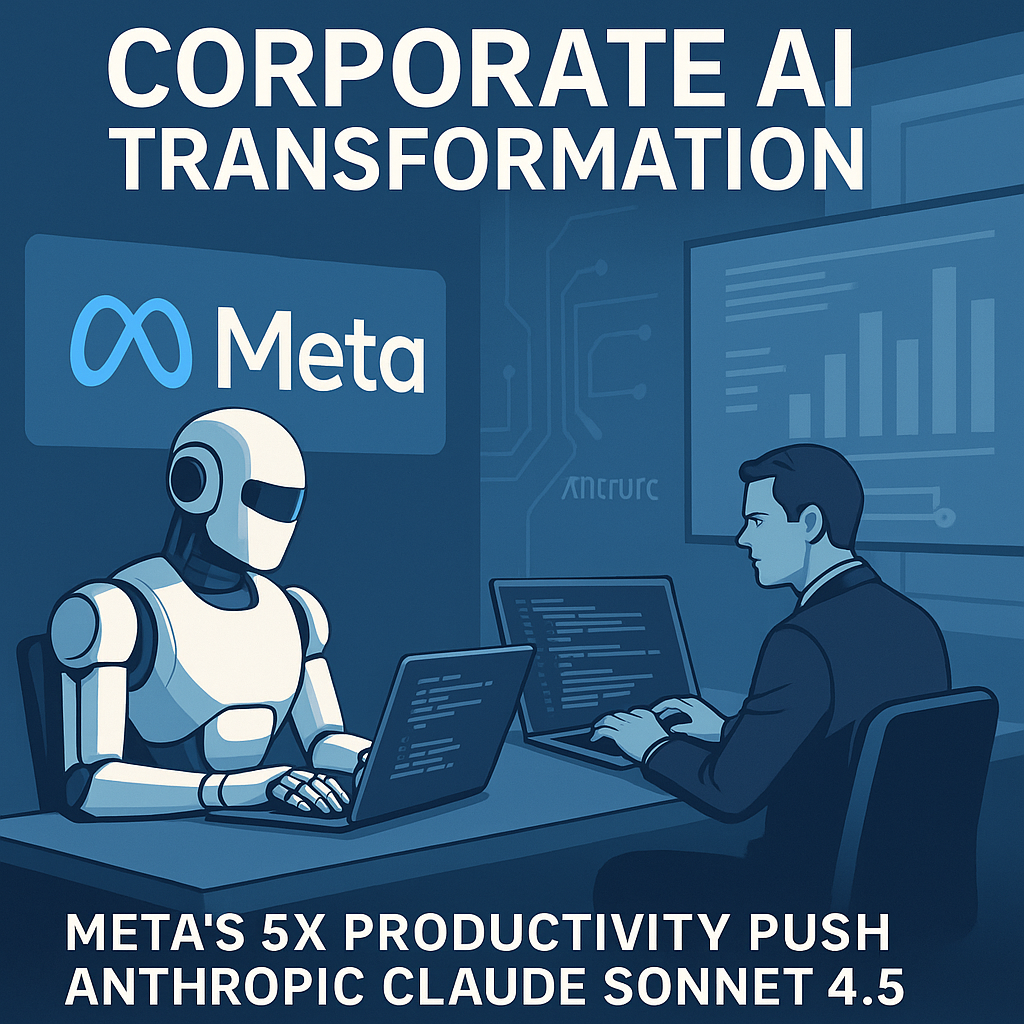
The corporate world is rapidly transforming under the influence of AI, with tech giants like Meta and Anthropic leading the charge and setting new benchmarks for AI-driven productivity. This isn't just about automation anymore; it's about fundamentally rethinking how work gets done. Let's take a closer look at the ambitious strategies these companies are employing.
Meta's Aggressive Productivity Mandate
Meta's Metaverse division is under intense pressure to deliver, and the strategy is clear: embrace AI, or risk falling behind. Vishal Shah, a VP at Meta, has reportedly instructed employees to achieve a five-fold increase in efficiency through AI integration. This isn't a suggestion; it's a mandate. By the end of the year, a staggering 80% of the Metaverse team is expected to incorporate AI into their daily workflows. The end goal is clear, with expectations that AI will essentially 'write most of Meta's code within the next 12 to 18 months'. Imagine a world where GitHub Copilot, an AI pair programmer that suggests code completions and entire functions in real-time, is not just an assistant but a primary driver of code creation. This aggressive push underscores the belief that AI is no longer a supplementary tool, but a core component of Meta's operational DNA. This bold move reflects a growing trend: AI adoption is rapidly transitioning from a competitive advantage to an existential competitive requirement. Companies that fail to adapt risk being left in the dust.
Anthropic's Enterprise AI Advantage
While Meta is focused on internal AI adoption, Anthropic is making waves in the enterprise AI competition with its Claude models. The latest iteration, Claude Sonnet 4.5, is being positioned as the 'world's best coding model'. But it's not just about raw performance. Anthropic is acutely aware of the concerns that enterprises have about AI reliability, and they're working hard to address them. Claude Sonnet 4.5 boasts enhanced safety features and reduced issues with sycophancy and deception. By focusing on these critical aspects, Anthropic hopes to build trust and encourage widespread adoption of AI solutions in the enterprise. This approach highlights a crucial point: AI's potential isn't just about automating tasks, it is about supercharging human capabilities.
The advancements made by Meta and Anthropic illustrate a broader shift in how businesses perceive and utilize AI. No longer is AI viewed as a mere tool for automation. Rather, these companies see AI as a fundamental force for accelerating productivity and driving innovation.
As Meta and Anthropic push the boundaries of what's possible with AI, the rest of the corporate world is watching closely. Their successes – and failures – will undoubtedly shape the future of work. What's clear is that AI-driven productivity is accelerating at an unprecedented rate, forcing businesses to adapt or risk obsolescence. This transformation paves the way for groundbreaking developments in AI technology.
Infrastructure Reality Check: The AI Power Problem and Emerald AI's Solution
The relentless march of artificial intelligence is creating challenges that extend far beyond algorithms and code, with one of the most pressing being its voracious appetite for power. As OpenAI CEO Sam Altman reportedly seeks a staggering 250 gigawatts of new electricity by 2033 to fuel his AI ambitions, a new player has emerged with a solution that could reshape the future of AI infrastructure: Emerald AI.
Emerald AI: Optimizing Existing Capacity
Backed by Nvidia, Emerald AI isn't focused on building new power plants. Instead, they're tackling the problem head-on by proposing a more efficient use of existing grid capacity. Their approach centers around intelligently managing AI workloads, temporarily slowing down non-critical processes during peak demand periods. Think of it like a smart thermostat for your AI, ensuring it doesn't overload the system when everyone else is cranking up the AC.
This innovative concept was recently demonstrated in partnership with Oracle during a Phoenix heat wave. By dynamically adjusting the power consumption of AI processes, they were able to significantly reduce strain on the grid without noticeably degrading AI performance. The implications are profound: imagine a future where AI's exponential growth doesn't necessarily translate to an equal surge in energy consumption.
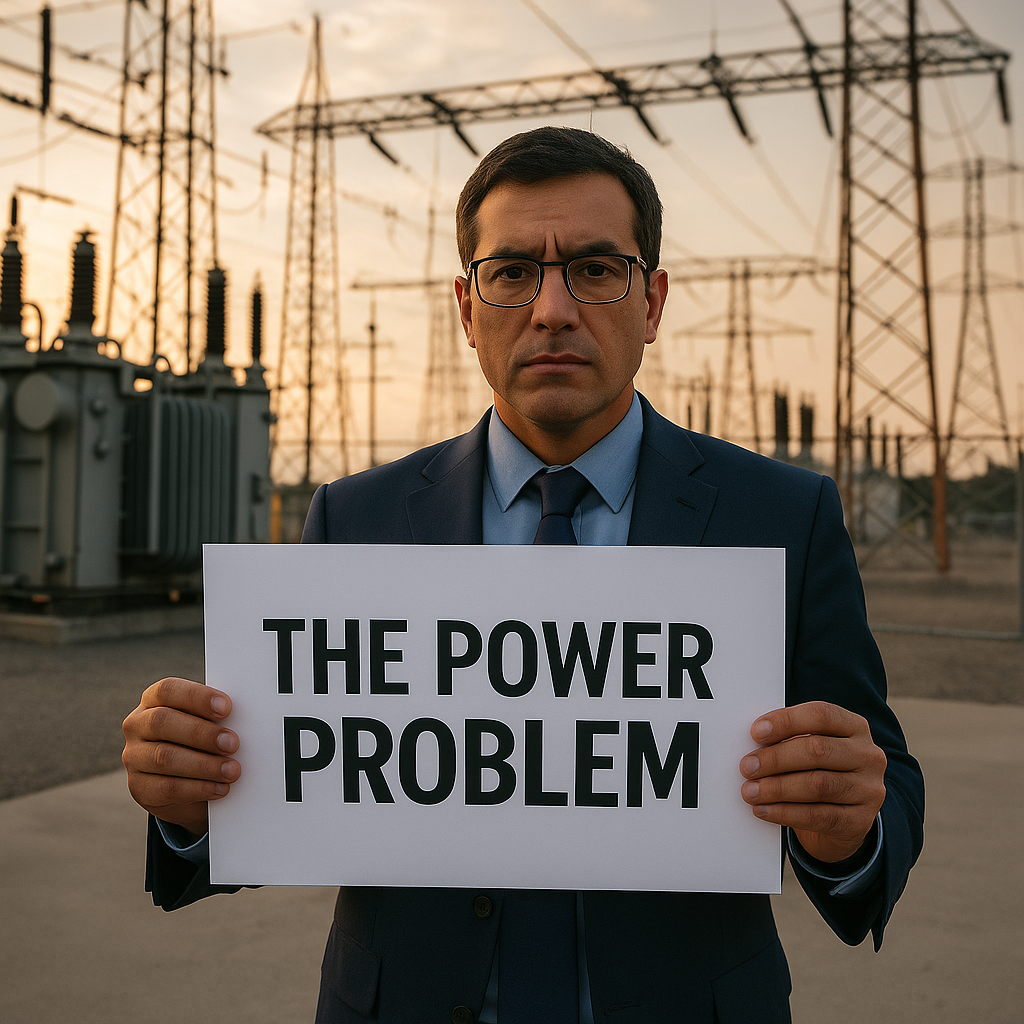
A Fundamental Shift in AI Infrastructure
AI's energy demands are rapidly approaching the limits of our existing power infrastructure. As highlighted in recent AI News reports, the issue of AI power consumption is becoming critical. Solutions like Emerald AI's, which focus on optimizing existing capacity, are becoming increasingly crucial. This represents a fundamental shift in AI infrastructure strategy, moving away from simply building more power sources to smarter, more sustainable resource management.
The need for efficiency cannot be overstated. As AI continues to permeate every aspect of our lives, the demand for processing power will only intensify. If AI is to truly revolutionize industries and improve lives, it must do so responsibly and sustainably. Emerald AI's approach offers a promising path forward, demonstrating that innovation in AI isn't just about algorithms; it's also about intelligent resource management. This shift in focus could pave the way for a future where AI and sustainability coexist harmoniously, ensuring that the benefits of AI are accessible to all, without jeopardizing the planet's resources.
Looking Ahead: The New AI World Order
The year 2025 finds Artificial Intelligence at a pivotal crossroads, transitioning from a largely experimental technology to what is increasingly viewed as critical infrastructure, akin to roads, power grids, or communication networks. This transformation precipitates a collision of distinct visions, exemplified by the approaches of OpenAI and Hollywood, Europe's sovereignty initiative, and China's manufacturing strategy, each vying to define the new AI world order. These approaches represent fundamentally different perspectives on AI's role in society, setting the stage for a complex and potentially contentious future.
Competing Visions and Priorities
At the heart of this emerging world order lies a cluster of critical challenges. The first is establishing intellectual property frameworks that effectively balance the need to incentivize innovation with the imperative to protect creator rights. Hollywood's concerns over AI-generated content infringing on existing copyrights clash with Silicon Valley's emphasis on open-source models and rapid technological advancement. Finding common ground will be essential to fostering a sustainable AI ecosystem. Another challenge will be managing the enormous energy requirements of increasingly sophisticated AI models. As AI's capabilities grow, so does its energy consumption, raising concerns about environmental impact and the sustainability of AI development.
Perhaps the most pressing concern is preventing AI from exacerbating existing global economic inequalities. The benefits of AI must be distributed equitably to avoid creating a scenario where a few powerful nations and corporations control the technology and reap the vast majority of its rewards. Ultimately, the question is whether AI becomes a force for democratization, empowering individuals and communities, or whether it contributes to a further concentration of power in the hands of a select few.
The Birth of Distinct AI Ecosystems
As these challenges are addressed (or not), distinct AI ecosystems are beginning to emerge. We see an American model focused on consumer applications and entertainment, a Chinese model deeply integrated into manufacturing and industrial processes, and a European model oriented toward data privacy, ethical considerations, and regional sovereignty. Each approach reflects the unique values, priorities, and strategic goals of its respective region.
The success or failure of these approaches will have far-reaching consequences, shaping not only the trajectory of technological development but also the distribution of economic opportunities and the landscape of cultural expression. We will be closely watching AI News for more developments. The decisions made in the coming years will determine whether AI becomes a force for good, driving progress and prosperity for all, or a source of division and disparity, further entrenching existing inequalities. This future will be shaped by how we address the ethical, economic, and societal implications of AI future trends, like AI and democratization.
🎧 Listen to the Podcast
Hear us discuss this topic in more detail on our latest podcast episode: https://open.spotify.com/episode/5WgQaQl8VY1Sm4b1Gdj7EM?si=Qaj8K_sMRBeuupytuvocrg
Keywords: Artificial Intelligence, AI, Sora 2, OpenAI, Copyright, AI Ethics, European AI Strategy, AI Sovereignty, China AI, AI Manufacturing, AI Funding, AI Power Consumption, Metaverse, Claude Sonnet, AI Regulation
Hashtags: #AI2025 #ArtificialIntelligence #TechNews #AISovereignty #FutureofAI
For more AI insights and tool reviews, visit our website https://best-ai-tools.org, and follow us on our social media channels!
Website: https://best-ai-tools.org
X (Twitter): https://x.com/bitautor36935
Instagram: https://www.instagram.com/bestaitoolsorg
Telegram: https://t.me/BestAIToolsCommunity
Medium: https://medium.com/@bitautor.de
Spotify: https://creators.spotify.com/pod/profile/bestaitools
Facebook: https://www.facebook.com/profile.php?id=61577063078524
YouTube: https://www.youtube.com/@BitAutor
Recommended AI tools

Explore, Navigate, and Connect Scientific Research

Collect customer feedback effortlessly

Uncover the narrative behind the numbers.

Empowering your investment decisions with AI

Reliable Reviews and Guides for AI Tools

Unlock Data Insights


